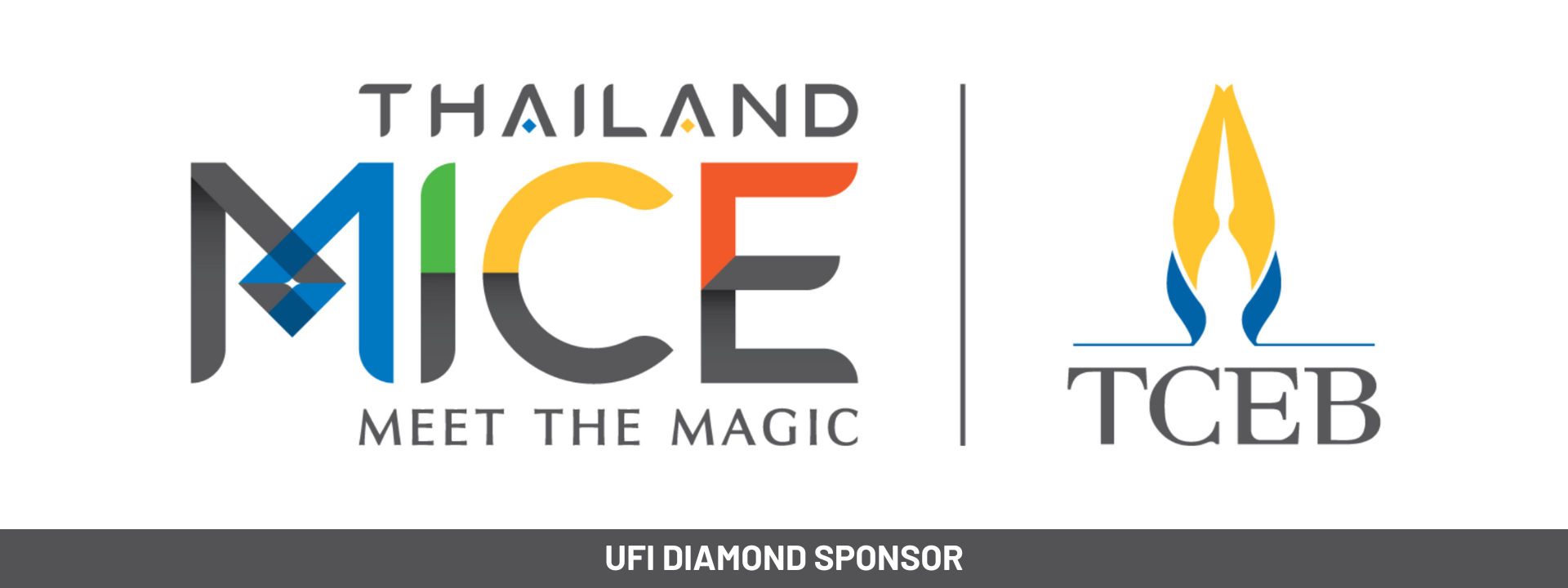By Stax’s Athan Siah, Co-Editor of Globex 2023
Global exhibition market on track for strong recovery
In the latest edition of the Globex report, Stax forecasts the global exhibition market will exceed its 2019 pre-pandemic size by 7% in 2024, and 16% in 2025. Compared to the previous year’s edition, our forecasts have been largely revised upwards. The past year has witnessed a series of significant developments. The ramifications of the European energy crisis and escalating inflationary pressures have receded. China also lifted its zero-Covid policy ahead of schedule. Additionally, recessionary fears have been assuaged in most major markets. Coupled with the strong performance of face-to-face exhibitions, the dampening of these headwinds has resulted in a more positive outlook for the industry overall.
Nominal vs. real recovery – which should we trust?
These recovery numbers are impressive and make for good headlines. It does, however, beg the question of how much can be explained by higher-than-typical price rises, which have been commonplace at exhibitions over the past two years. When we look at Net Square Metre (NSM) volumes instead, the picture is quite different. Full NSM recovery is only expected to happen by 2025, 12-18 months behind nominal market recovery.
Comparing the evolution of the nominal and real market sizes, one might conclude the industry is not rebounding as strongly as headlines would suggest. This is only part of the picture. Another trend which has accelerated through the Covid period is the increase in share of non-stand revenues. Digital is the obvious one; while the industry’s experiment with monetising virtual shows has not succeeded, there is now greater adoption of complementary digital offerings which strengthen the face-to-face proposition. Sponsorship revenue is also gradually rising, particularly among organisers whose portfolios include multiple event formats and seek to diversify away from pure tradeshows.
Looking ahead
The impacts of inflation on sqm price rises are beginning to ease off. Broadly, market and organiser behaviour can be grouped into three categories:
- Dealing with persistent high inflation. Examples include Brazil and Türkiye. Inflation in these countries show no sign of receding to manageable levels, and organisers will continue to grapple with the challenge of passing cost rises to exhibitors. With the exception of market-leading shows with strong branding, imposing double-digit price hikes is not possible without jeopardising participation. We therefore expect continuing margin pressure on organisers.
- Recovering from high 2022-23 inflation. Examples include the U.S., U.K., France, and Germany. Organisers in these mature Western markets imposed price hikes up to 6-8% in 2022 and will see average NSM prices in 2025 remain c.15% higher than pre-Covid levels. Demonstrating enhanced ROI for exhibitors will be key for shows to continue growing.
- Catching up with Covid-era discounts. Examples include Hong Kong and Malaysia. These countries experienced strict Covid-driven restrictions in 2020-22 and had short periods of respite in between government-imposed lockdowns. To attract exhibitors during these limited periods of exhibition activities, organisers offered substantial discounts.
Clearly, there is no one-size-fits-all answer to the question of inflation. What is evident is that inflation must be taken into account when assessing the recovery of our industry.
About Stax and Globex
The Globex annual report is written by Stax’s team of strategy consultants and provides the market outlook to 2025 for 19 mature and emerging markets. More information can be found at https://www.stax.com/globex.
There is a 20% discount for organisers and associations, including UFI members.
For further information, contact Athan Siah, Co-Editor of Globex at asiah@stax.com






Leave A Comment